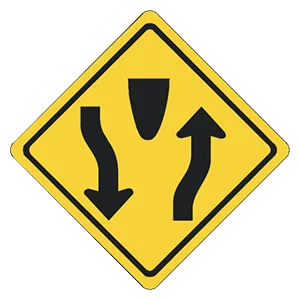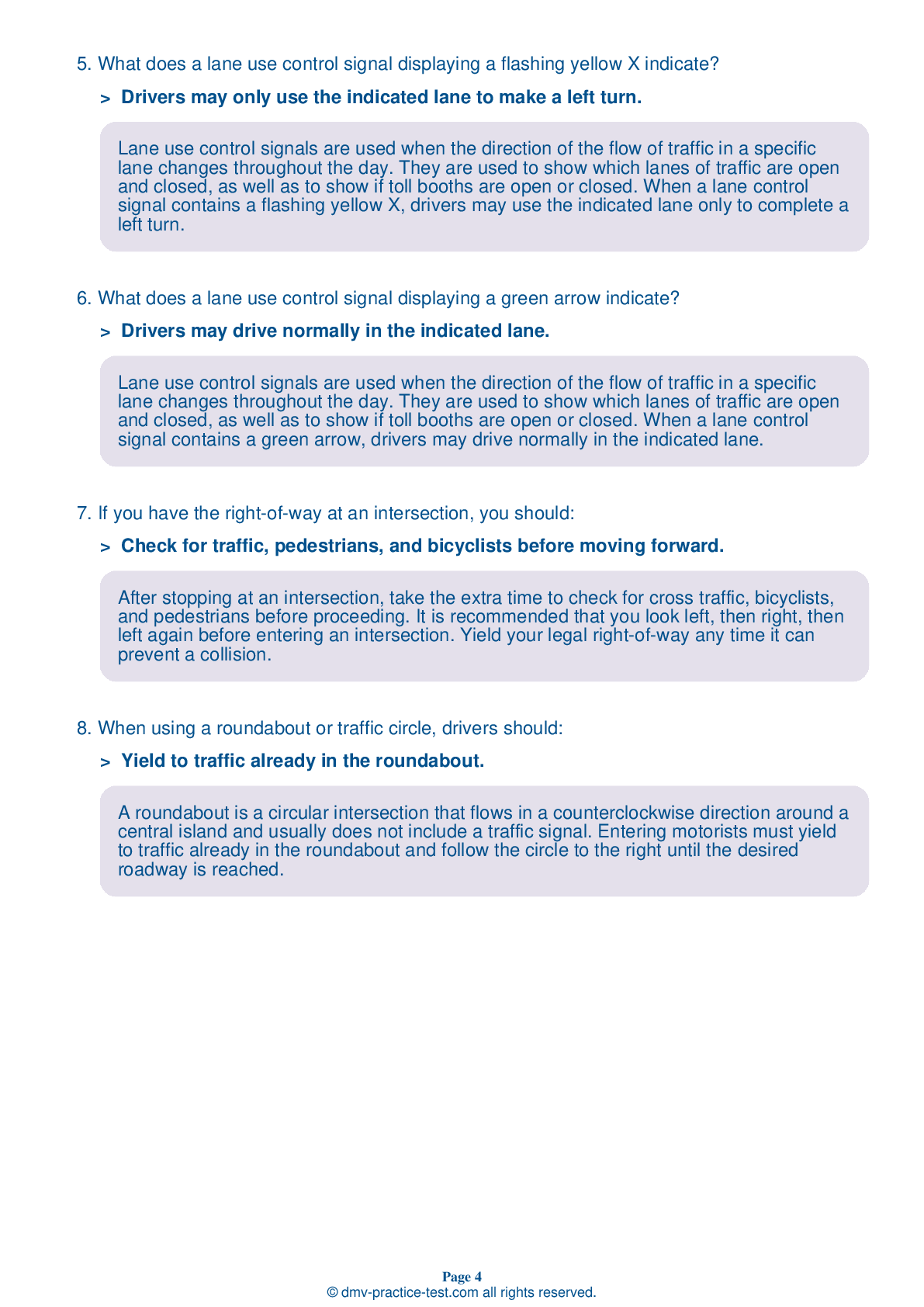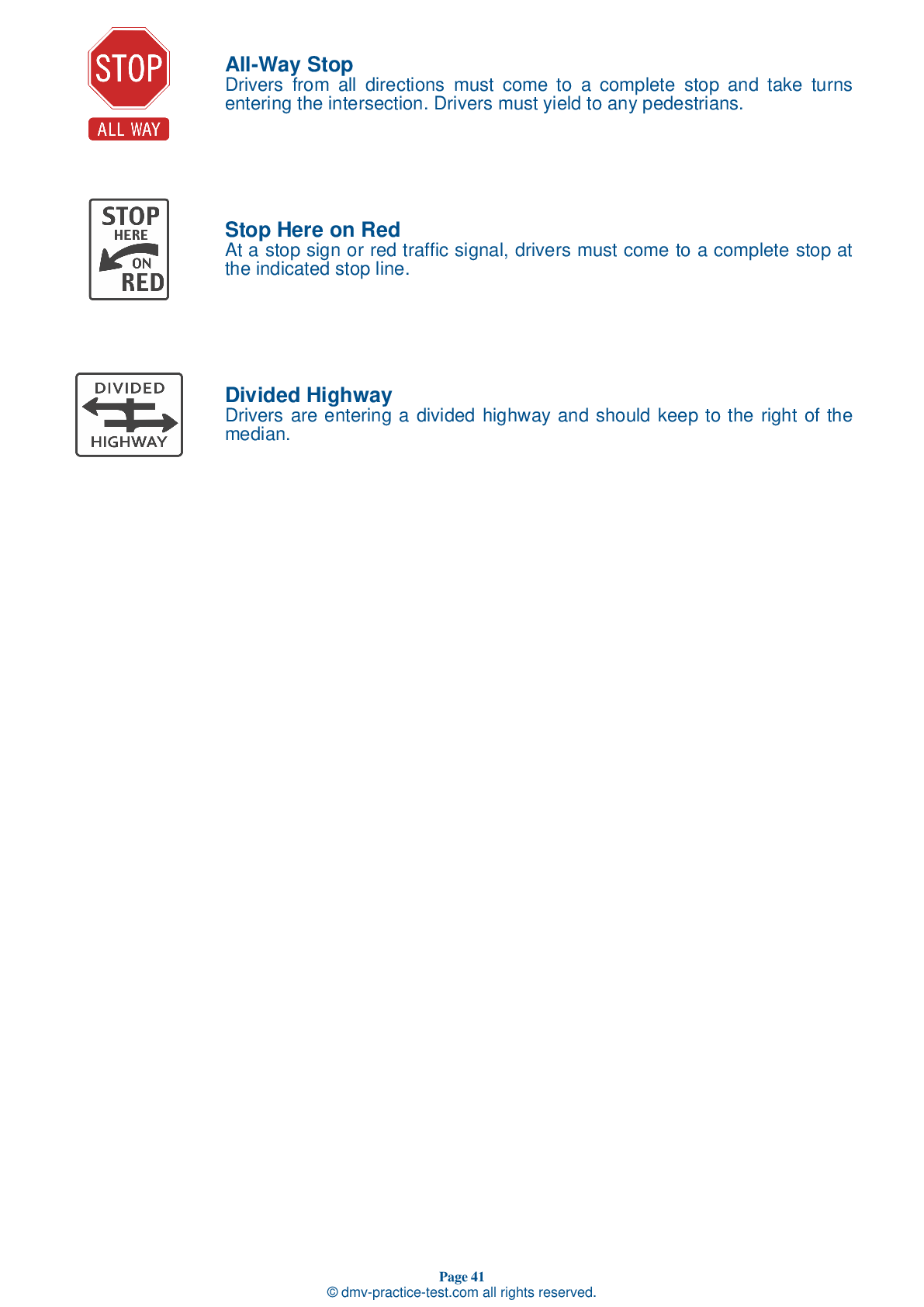FREE Maine DMV Practice Test #1 Page 6 of 7
For January 2025, Maine's DMV practise exams have been updated. It includes questions based on the most important traffic signals and legislation for 2025 from the Maine Driver Handbook. To study for the DMV driving permit test and driver's licence exam, use actual questions that are very similar (often identical!) to the DMV driving permit test and driver's licence exam.
Each question on the practise exam has a tip and explanation to help you recall the ideas. Questions about traffic rules, traffic signs, and driving statutes, as well as knowledge from the Driver Handbook, will be included in the written portion of the official Maine DMV test.
You must properly answer 50 of the 60 questions to receive a passing mark. To help you prepare for your Maine instruction permit or driver's licence, take our DMV practise test.
The DMV exam is offered in a variety of languages.
Using any form of testing help will result in an automatic fail, and the DMV may take further action against your driver's licence, so avoid it.
42 . To help relieve fatigue on a long trip, it is a good idea to:
To avoid becoming fatigued while taking a long trip, stop every two hours for a short break. If you become drowsy, pull off the road and park in a safe place to take a nap, or find a room to stay for the night.
43 . You may be able to identify an aggressive driver by:
While driving, you should remain aware of the actions of surrounding drivers. If you notice an aggressive driver nearby making erratic or improper lane changes, you should not challenge them. The safest way to handle an aggressive driver is to get out of their way.
44 . Vehicles stopped behind a school bus with its red lights flashing must remain stopped until:
When a school bus is flashing its red lights and has its stop arm extended, motorists must come to a full stop until the lights are turned off, the stop arm is withdrawn, and the bus begins moving again.
45 . A driver approaching a flashing red traffic signal must:
A flashing red light means that you must stop, yield to traffic and pedestrians, and go only when it is safe. At a railroad crossing, a flashing red light indicates that a train is approaching. Yield to the train, and go only when the lights have stopped flashing and all other active warning devices deactivate.
46 . When preparing to turn left, drivers should:
As you approach a left turn, signal your intentions three to five seconds in advance. Continually check your rearview mirror as you gradually slow down. On a multilane road, move into the left lane before reaching the intersection where you plan to turn. Yield to traffic and pedestrians and turn when your path is clear.
47 . When you park uphill on a street with a curb:
When parking on an incline where there is a curb, you should turn your wheels sharply to the left, away from the curb. This way, if your brakes fail, your vehicle will not roll into traffic.
48 . When an authorized vehicle using its sirens and flashing lights approaches a vehicle, the driver should pull to the right-hand edge of the roadway and wait for the emergency vehicle to pass.
When being approached by an emergency vehicle that is using its lights and/or sirens, you must immediately pull to the right side of the road and allow it to pass.
49 . When preparing to make a left turn from a two-way street, you should drive:
When you are turning left from a two-way street, begin in the lane closest to the centerline and start your turn just before the front of your car reaches the center of the intersection. Do not cut the corner. Steering hand-over-hand, turn into the first available legal lane.
See the exact questions that will be on the 2025 Maine DMV exam.
99.2% of people who use the cheat sheet pass the FIRST TIME
LT gives us an insight on how the cheat sheet provided her with all the study questions she needed before taking her test.
Joe initially studied with the handbook and failed his test, he eventually found us online, studied and pass his test the first time around.





